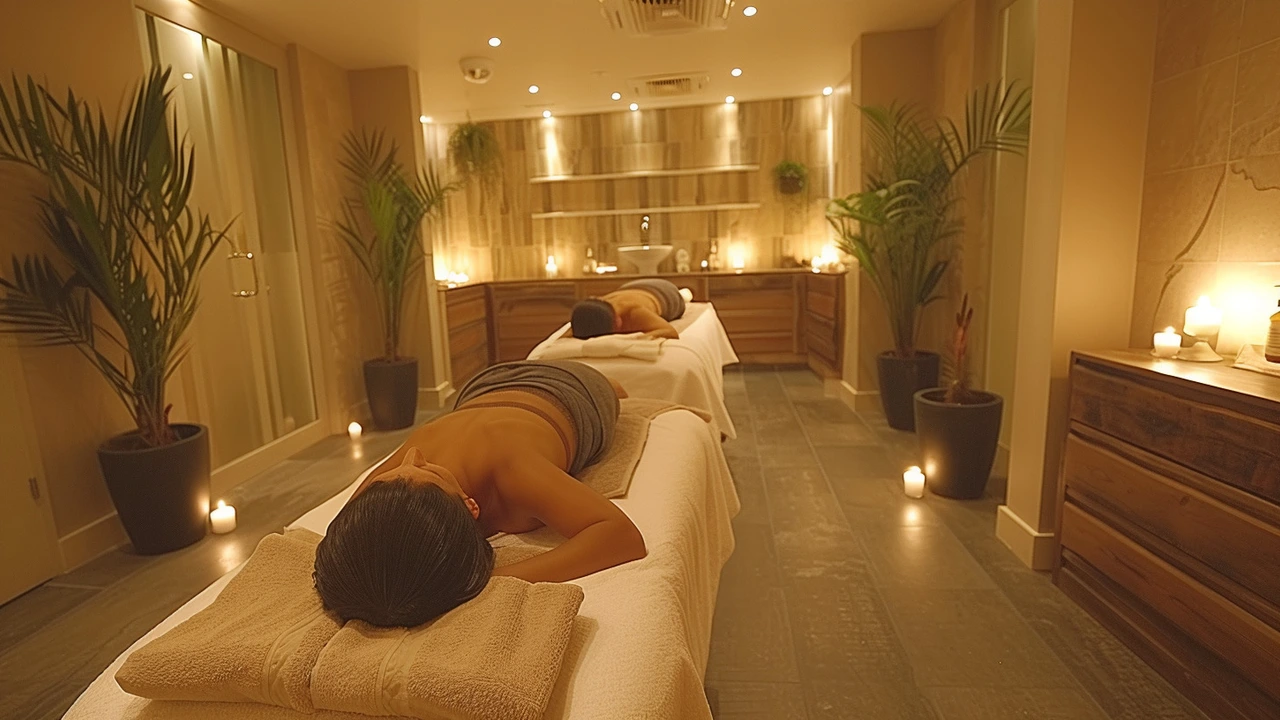Evolution of Stone Massage: From Ancient Rituals to Modern Therapy
Think hot stones are just a spa luxury? The truth is they started as serious healing tools. Stone massage has roots in several cultures where heated or cooled stones were used to ease pain, support digestion, and bring calm. Over time those simple practices got refined, blended with other bodywork styles, and moved into clinics and spas worldwide.
Where it began
People used stones because heat and pressure work. In Hawaii, kahuna healers used warmed stones in Lomi Lomi-style work to relax muscles and support spiritual balance. In South Asia, Ayurvedic therapists used heated stones with oils to support circulation and ease stiffness. Indigenous groups in Central and South America placed smooth stones on the abdomen for digestive complaints — a direct ancestor of the Maya abdominal massage approach some therapists still use today.
These early uses focused on simple, repeatable effects: heat relaxes muscle, cold reduces swelling, and a steady weight can quiet the nervous system. That practical payoff kept the techniques alive and adaptable.
How stone massage changed and spread
By the 20th century, massage therapists began pairing stones with modern massage methods. Sports and neuromuscular practitioners used heated stones to warm tissues before deeper work. Myofascial therapists found that stones help maintain pressure without tiring their hands. Spas popularized the gentle glide of oil-warmed basalt stones, making the treatment mainstream for relaxation.
At the same time, other trends shaped the practice. Aromatherapy layered scent with heat for stronger relaxation. Biofeedback and relaxation research highlighted measurable benefits like lower heart rate and reduced muscle tension, giving therapists a way to explain what clients felt.
Today you'll see hot stone, cold stone, and contrast techniques. Hot stones relax and let therapists work deeper with less force. Cold stones reduce inflammation and revive circulation. Contrast sessions alternate hot and cold to stimulate blood flow and reset muscle tone.
Stone work also crossed into animal care. Veterinary massage and canine therapists sometimes use warmed packs or carefully controlled stones to ease tension in older dogs or working breeds. They adapt temperature, time, and placement to a dog’s tolerance and medical needs — always avoiding areas with skin issues, fractures, or circulatory problems.
Safety and standards improved too. Modern therapists use temperature-controlled heaters, smooth basalt for even heat, and clear sanitation rules. Contraindications are better understood: avoid stone heat with open wounds, acute inflammation, neuropathy, or certain heart conditions. Pregnant clients and pets need extra caution.
Stone massage keeps evolving. Practitioners borrow from polarity, Esalen, and neuromuscular methods to create targeted sessions. For anyone curious, try a short, supervised session: note how heat changes muscle feel and how a steady stone can replace repeated pressing. If you work with animals, consult a trained canine therapist before trying heated stone techniques.
Stone massage moved from ritual to a practical tool because heat and weight reliably change how tissues behave. That simplicity makes it easy to adapt — and it's why stone work still shows up in modern massage plans for people and animals alike.

The Intriguing History and Evolution of Stone Massage
Ever wondered about the intriguing history and evolution of stone massage? This article will take you on a journey from the practice's ancient roots to its modern popularity. We'll delve into the stone massage's unique charm, how it has evolved through time, and its significant influence on wellness and relaxation practices in today's fast-paced world. Join me, as we unwrap the fascinating story behind this enduring treatment.

Mindfulness and Sleep: The Key to Restful Nights
Aug, 8 2023



